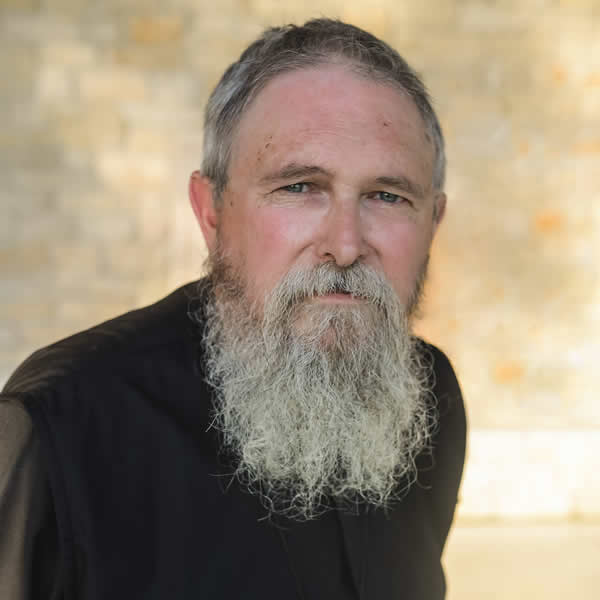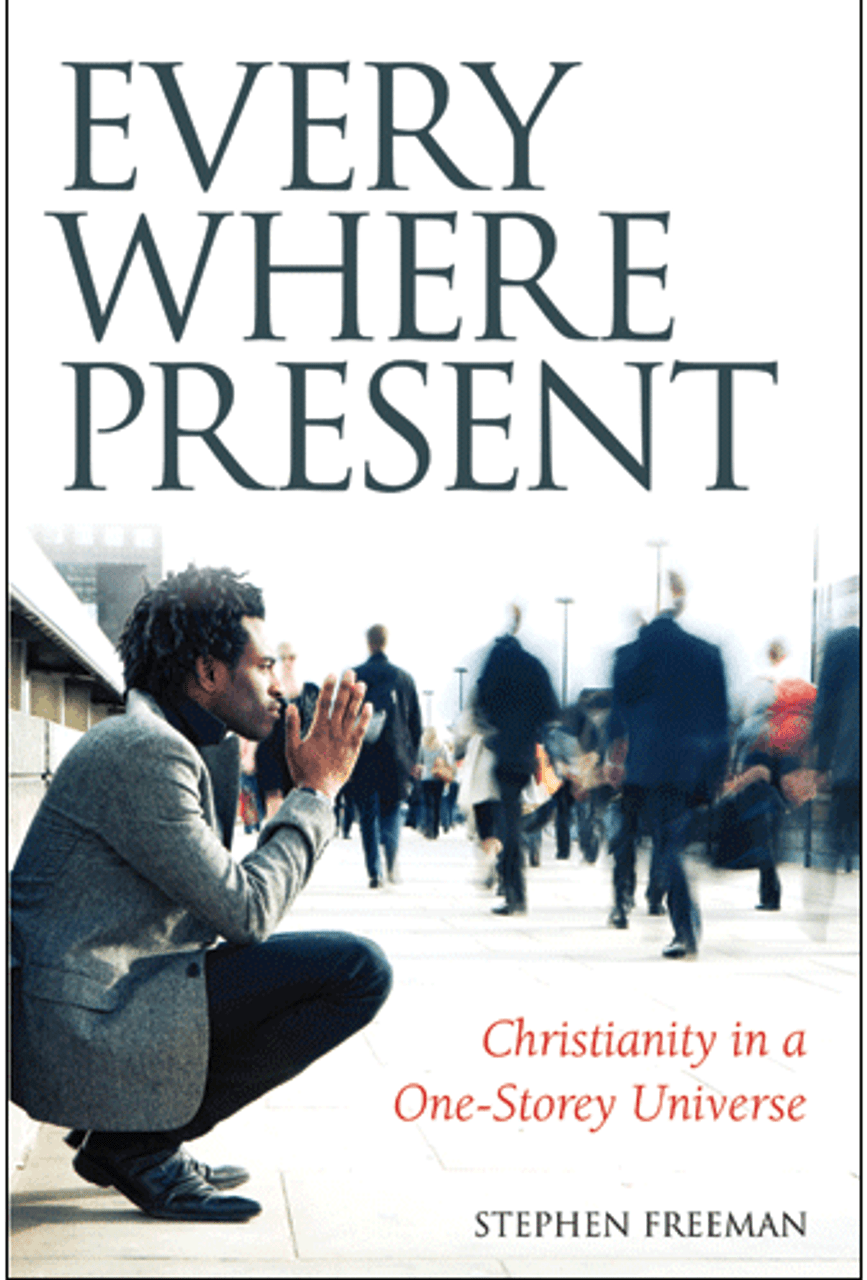
“Where are all the statues?”
This simple question surprised me recently, coming as it did from a television character on a murder mystery in Scotland. The minister (a very non-descript Presbyterian-ish Scot), says, “What statues?”
The character explains, “You know, Jesus. The Virgin Mary. St. Peter. You know, statues you can pray to.”
The minister says, “Yeah, we don’t really do statues.”
She says, “Why not?”
“It’s just not how we choose to worship.”
The poignancy of the interchange can be found in the hidden fact that the woman has killed someone (or so it seems – it turns out later that she was innocent)…and she needs to pray.
Prayer is strange stuff. As a purely mental event it can be indistinguishable from the running dialog that goes on in our heads all the time. In difficult moments of emptiness and confusion, it can feel like nothing more than self-talk. Where is God in my thoughts?
There are no statues in an Orthodox Church, but there are icons in abundance. And though we do not technically pray to an icon, they nevertheless serve to focus our prayers and take us out of our interminable head-speak. As to the prayers themselves, in Orthodox practice, prayers are converted into candles.
In a culture where materialism is not seen as unusual, it’s fascinating how immaterial the spiritual life is for many. The minister on the television show said, “People coming together, praying, singing hymns…it’s better than statues.” But, of course, it’s dishonest. How could he know such a thing? Instead, he says to her, “It’s not how we choose to worship.” Yes. Just so. It’s also a choice made in a culture where 500 years of withering anti-Catholic propaganda have enjoyed official support. There are ruins of monasteries and other Churches all across Britain that bear a silent witness to that propaganda.
As generations have flowed through the years, the inheritors of Reformation iconoclasm have continued to “do the math.” You don’t need statues (icons) and candles. Perhaps you don’t need Churches, either. And thus, at Jimmy Carter’s funeral, those who gathered in a structure that resembles ruined spaces elsewhere, heard John Lennon’s Imagine:
Imagine there’s no countries
It isn’t hard to do
Nothing to kill or die for
And no religion, too
It’s a song to sing as the candles are put out, the statues destroyed, the icons burned, and a woman trying to find a path to repentance or salvation is left sitting alone in a bare-walled Church, with no religion, too.
Iconoclasm has a long, nasty history. There are examples we consider righteous (and we always cite them when we want to do a bit of smashing on our own). But there’s a darker instinct, where we smash the very things that could save us. It is the madness of ideology, often driven by shame and envy.
The Reformers of the 16th and 17th centuries scapegoated Catholicism and its institutions, replacing them with “people coming together, praying and singing hymns….” There were plenty of examples of venal behavior in medieval Catholicism. But the cultures that resulted from Reformation iconoclasm did little to nothing to change the human heart. Fewer statues, indeed, but the same broken people, the same venal leaders.
The ancient instinct that we find in venerating an icon or in the lighting of a candle is an instinct to act. It is as materialistic and specific as the Incarnation itself. The Psalmist could declare, “Heaven and earth are full of Thy glory,” (148) but when Jacob has a dream of a ladder reaching to heaven, he wakes and builds an altar, naming the place “Bethel” (the “House of God”). The dream, for him, is about place, not about the inside of his head.
It is said that human beings have a role in mediation. We stand between heaven and earth, neither all one nor the other – but both. The spiritual life is something of a balancing act requiring us to live in a balanced manner. When ideology runs rampant, the pendulum tends to swing to one of the extremes.
We need place. I would argue that we need icons (and a statue will do in a pinch – though it is not the preferred devotional form in Orthodoxy). We need candles. We need buildings. We need the sign of the Cross and prostrations. We need the faces and the touch of other human beings. We need sacraments and signs. We also need a lively inner life that can cry out to God anywhere at any time.
We need it all. Standing between heaven and earth, we need the mind of an angel and the stuff of the dirt from which we were made. We need it all.






Leave a Reply